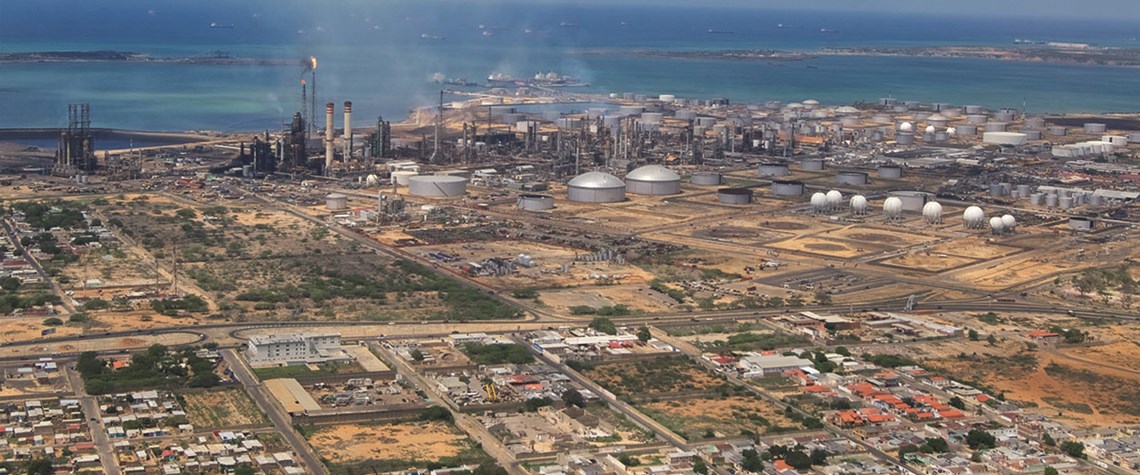Latin America's continental contraction
The region has seen a decade of surging crude consumption come to a crashing halt. Refining woes mean imports are still on the rise
For most of the world, the economics of fuel demand are fairly straightforward. When oil prices fall, consumers take advantage and burn more of the stuff. As fuel prices fell in the US, drivers almost immediately started hopping back into gas-guzzling SUVs and rekindled their love of the great American road trip. Drivers across Europe, China and elsewhere have also taken advantage of cheaper pump prices, fueling strong global demand growth. In Latin America's commodity-dependent economies, though, that calculus is flipped on its head. Crashing prices for crude and other raw materials have inflicted economic pain across the region, hitting hard an emergent middle class that was behind a decad

Also in this section
24 December 2025
As activity in the US Gulf has stagnated at a lower level, the government is taking steps to encourage fresh exploration and bolster field development work
23 December 2025
The new government has brought stability and security to the country, with the door now open to international investment
23 December 2025
A third wave of LNG supply is coming, and with it a likely oversupply of the fuel by 2028
22 December 2025
Weakening climate resolve in the developed world and rapidly growing demand in developing countries means peak oil is still a long way away







